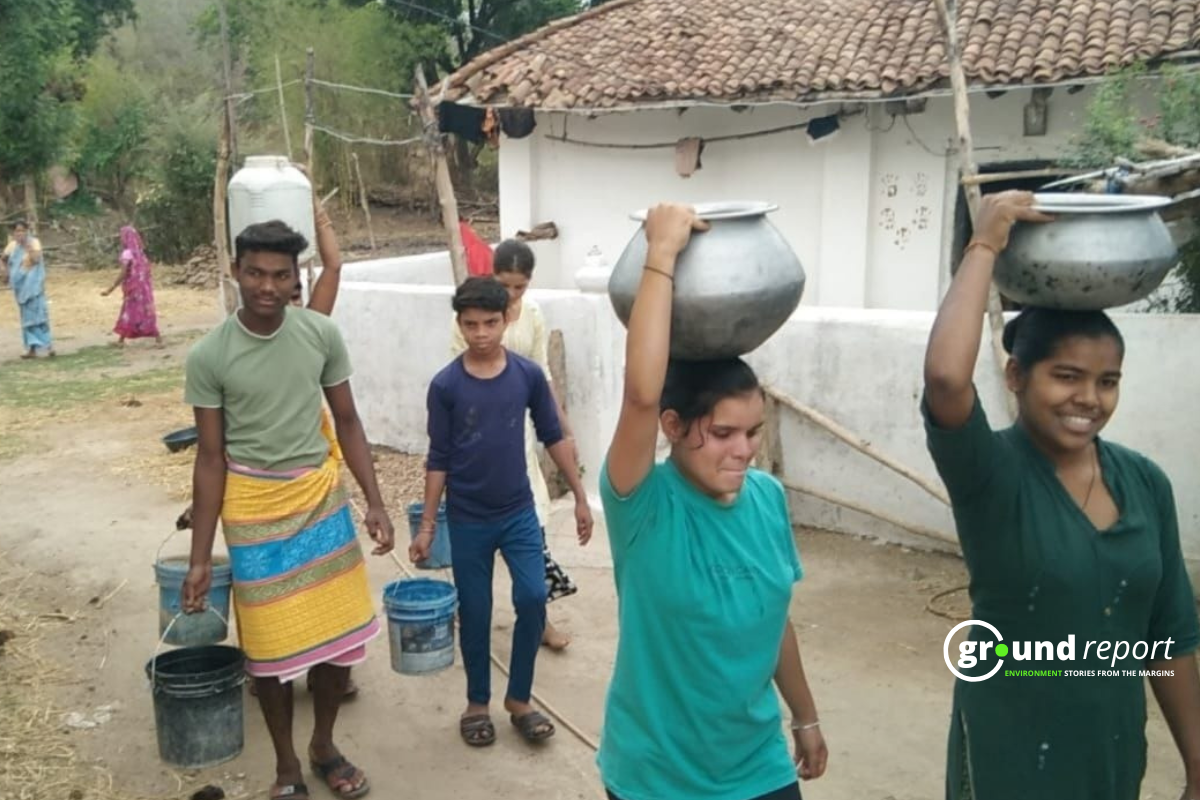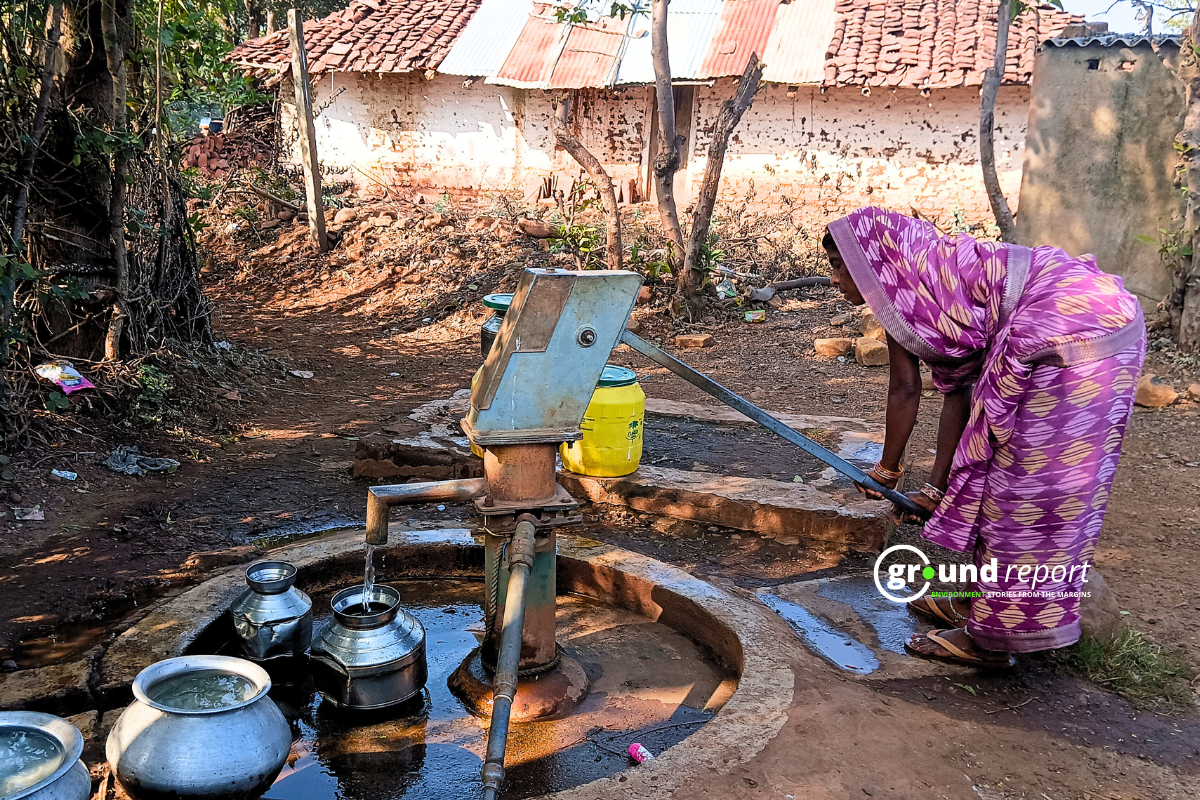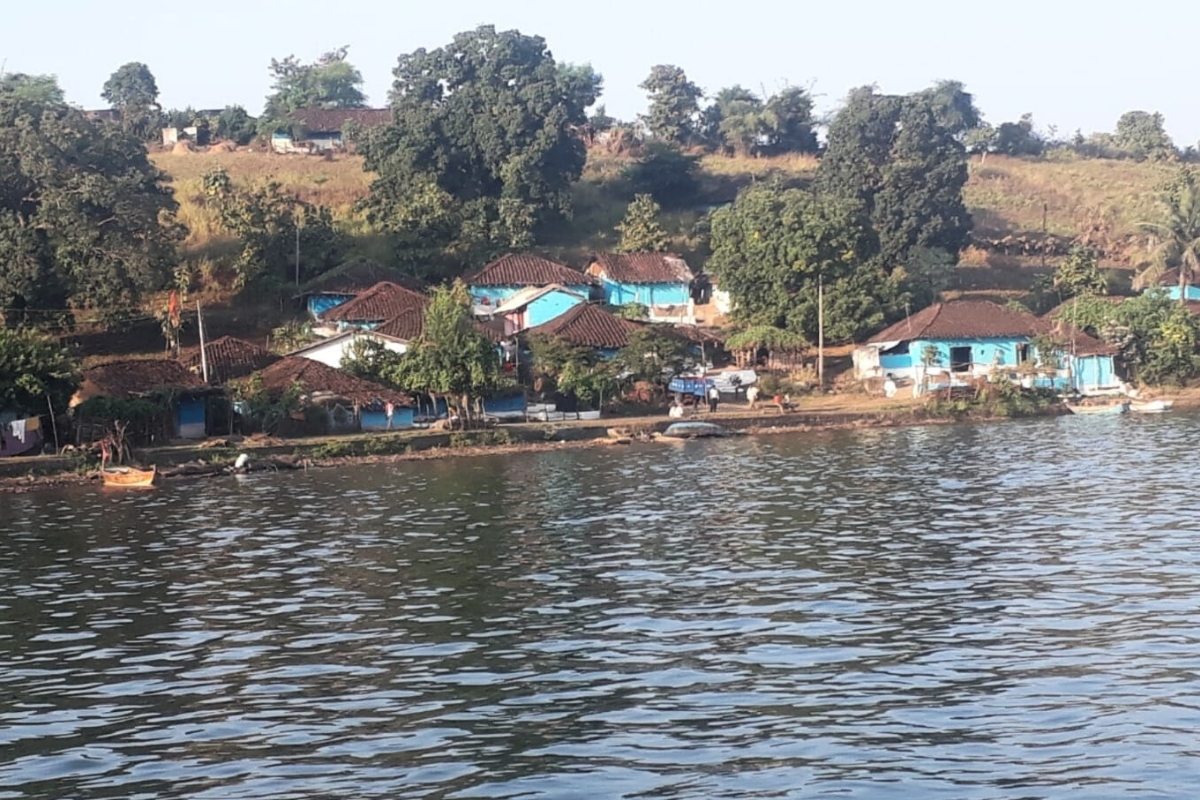Recent studies and government reports highlight the widespread loss and degradation of India’s wetlands ecosystems. Wetlands International South Asia estimates that about 30% of India’s natural wetlands have vanished over the past three decades due to illegal construction, unsustainable urbanization, agricultural expansion, and unchecked pollution.
Urban areas have been severely impacted. Chennai lost 90% of its wetlands between 1970 and 2015. Mumbai witnessed a 71% decline, while Hyderabad and Bengaluru each saw reductions of 55%, and the Delhi-National Capital Region faced a 38% loss. These figures reinforce the idea of urbanisation in Indian cities at the cost of cities’ ecological resilience.
Dwindling presence in urban areas, and regional challenges
The 2022-23 water body census by the Ministry of Jal Shakti reveals the state of wetlands in India. Gujarat has nearly 22% of the country’s wetlands, with eight states—Gujarat, Andhra Pradesh, Maharashtra, West Bengal, Uttar Pradesh, Tamil Nadu, Madhya Pradesh, and Assam—accounting for about 70% of the total wetland area. Mizoram and Tripura have increased wetland coverage, while Bihar and Punjab report significant shrinkage.
The census reveals India has 24,24,540 water bodies, with 97.1% in rural and 2.9% in urban areas, highlighting their critical role in rural livelihoods and ecosystems, despite their dwindling presence in urban centers.
Importantly, the ownership patterns complicate conservation. Approximately 55% (13,38,735) are privately owned and 44.8% (10,85,805) are publicly managed. This division presents challenges and opportunities. Private ownership may ensure better maintenance but restrict access or lead to conversion.
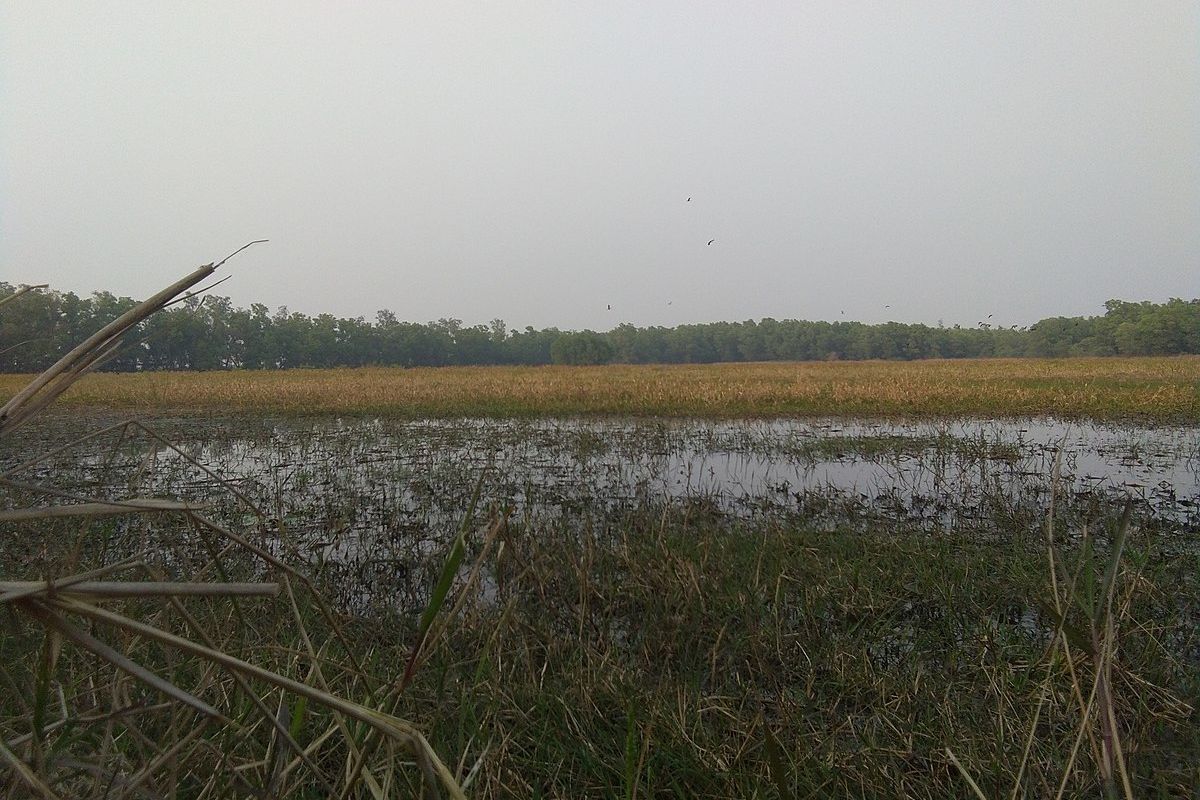
Vital Santiniketan wetland essential for groundwater recharge, biodiversity, and revered as a water resource deity. Photo credit: Buddhapedia/commons.wikimedia
Regional variations add depth to the challenges. West Bengal leads in ponds and reservoirs due to historical reliance, while Andhra Pradesh tops the list in tanks, reflecting a tradition of tank irrigation. With the most lakes, Tamil Nadu confronts threats from rapid urbanization and pollution. Maharashtra has taken proactive steps in water conservation schemes, particularly notable in this drought-prone state. These dynamics highlight diverse hydrological and cultural landscapes across India, demanding tailored conservation strategies.
The census reveals that 1.6% of documented water bodies are under active encroachment, posing a significant threat to these ecosystems. Most encroachments (95.4%) occur in rural areas, highlighting an overlooked aspect of rural development and land use changes. Ponds are the most affected (67.6%), followed by tanks (21%), water conservation schemes (4.5%), and lakes and reservoirs (6.9%).
Impact of loss of wetlands
The loss of wetlands goes beyond land use changes. These ecosystems provide critical services for sustainable development and environmental health. Wetlands act as natural infrastructure by regulating floods, storing carbon, replenishing groundwater, and filtering water pollutants. They support biodiversity, providing habitats for plant and animal species, including migratory birds.
According to a study, India’s wetlands are economically invaluable, providing ecosystem services valued at over $200 billion annually. These include direct benefits like fisheries and agriculture, and indirect benefits like flood control and water purification.
Facing the challenges
In response to these challenges, the Indian government has implemented initiatives. The strengthened Wetlands (Conservation and Management) Rules of 2017 provide a regulatory framework for protection and establishing tiers based on ecological sensitivity.
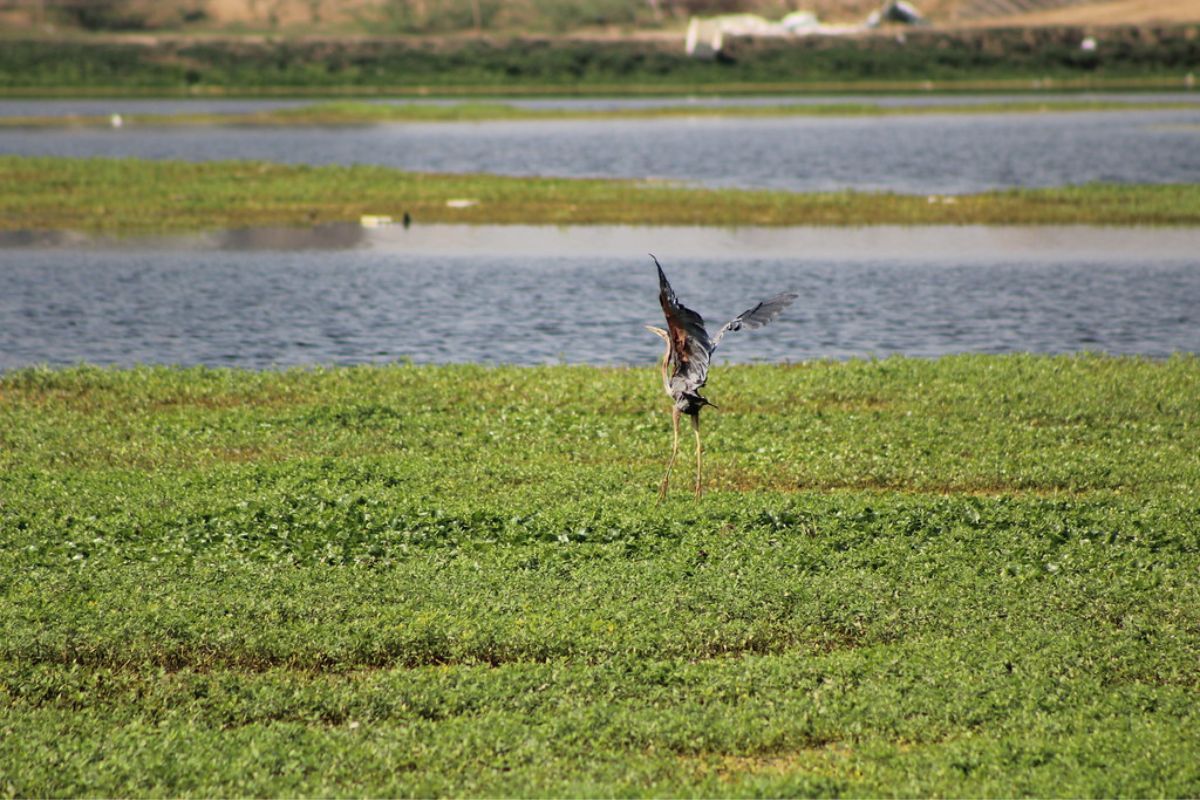
Constructed wetlands are effective organic wastewater treatment systems that mimic natural wetland processes to purify water. These systems use water, aquatic plants, microorganisms, and filter beds of sand, soil, or gravel to treat wastewater. Different designs, such as vertical and horizontal wetlands, allow for adaptation to local conditions, balancing land use and energy needs. Constructed wetlands facilitate sedimentation, pollutant breakdown, and nutrient uptake, ultimately producing cleaner water that can be safely released or reused. They are cost-efficient, require low energy, support groundwater replenishment, and provide habitats for wildlife while enhancing natural aesthetics.
Recognizing the link between wetlands and river health, the National Mission for Clean Ganga developed a 2021 toolkit for urban wetland management, offering guidelines for integrating wetland conservation into urban planning. In 2023, the Ministry of Environment, Forest and Climate Change launched the National Plan for Conservation of Aquatic Ecosystems (NPCA) for holistic wetland conservation, recognizing wetlands as part of larger aquatic ecosystems and emphasizing their interconnectedness.
Initiatives
Grassroots initiatives offer hope for conservation. In Noida, environmental activist Ramveer Tanwar mobilized communities to restore over 20 ponds and lakes, demonstrating the power of local engagement. In Maharashtra’s Sindhudurg district, the ‘Swamini’ self-help group pioneered a sustainable mangrove ecotourism model, showcasing the coexistence of conservation and community livelihoods.
Challenges persist in translating policy into effective action. Ritesh Kumar, Director, Wetlands International South Asia, points out the gap between policy intent and local enforcement, noting that wetlands often face pressures from urban development and pollution due to inadequate enforcement.
India’s rapid urbanization, climate change, and water scarcity threaten its wetlands. Experts advocate stricter regulations, more community involvement, and better government agency coordination to safeguard India’s wetlands for a sustainable future.
Keep Reading
Lightning strikes leave two children without their mother in West Bengal
In Jammu, lightning strikes kill livestock, compensation not adequate say shepherds
Indigenous communities in J&K struggle with increasing lightning risks to livelihoods
Follow Ground Report for Environmental News from India. Connect with us on Facebook, Twitter, Koo App, Instagram, Whatsapp and YouTube. Write us at GReport2018@gmail.com and subscribe to our free newsletter.
Don’t forget to check out our climate glossary, it helps in learning difficult environmental terms in simple language.



